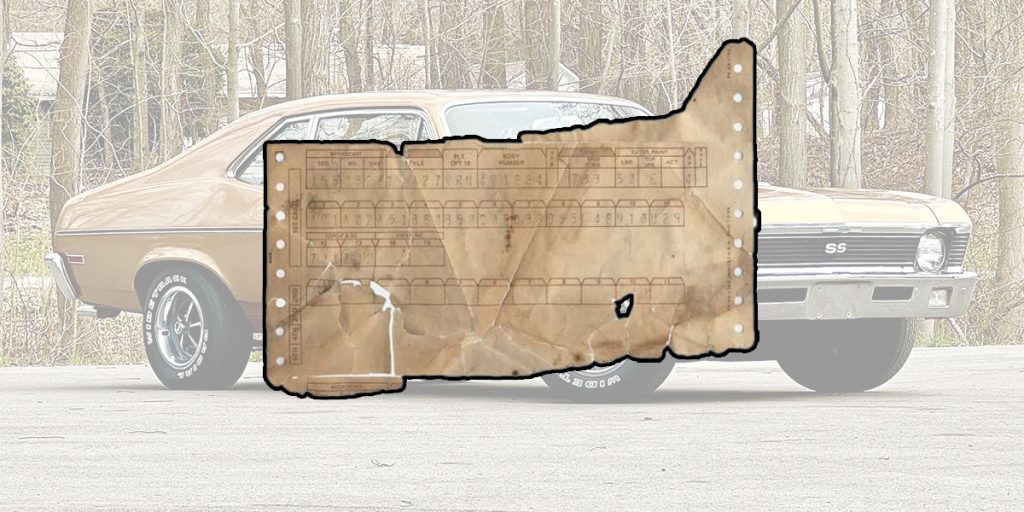
Chevy II/Nova RPO Code Breakdown
From 1962 through 1972, the Chevy II and Nova evolved from a lightweight compact into one of Chevrolet’s most versatile and collectible muscle platforms. Whether
Back in the 1960s and 1970s, all our beloved classics used the same headlights. They were either the 7″ like on a ’69 Camaro or a 5-3/4″ like on a ’64 Chevelle. Even if you drove a Mustang or Roadrunner, these were the only options to light up the road. Why was that?
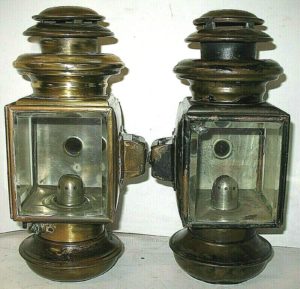
Car headlights have come a long way since the early days of the automobile. In the late 19th century, when cars were in their infancy, proper headlights were not a standard feature. Here, we delve into the fascinating history of car headlights and why older vehicles often share similar headlight designs.
The first cars to hit the road used kerosene oil and later acetylene gas lamps for illumination. Electric headlamps were invented in 1898, but they weren’t widely adopted at that time due to cost and technological limitations.
It wasn’t until 1911 that automakers began to include electric headlamps as standard equipment. Cadillac was a pioneer in this regard, introducing a “modern electrical system” that featured headlights in 1912. Henry Ford’s iconic Model T, which began mass production in 1908, didn’t come with headlights until 1919.
The need for standardized regulations became evident as automobiles became more common, and people started driving on rural roads at night, where street lighting was scarce. In 1915, Massachusetts became the first state to implement regulations regarding headlight beam direction and distance. In 1918, the Illuminating Engineering Society (IES) and the Society of Automotive Engineers (SAE) collaborated to establish precise headlight performance standards. In 1921, the first federal standards for headlights were introduced.

One of the most significant shifts in headlight technology occurred in 1939 with the creation of the sealed beam headlight. These headlights consisted of a tungsten filament bulb soldered into a metal reflector, with a glass lens affixed to the front. The sealed beam design helped focus light into a more concentrated beam. In 1940, the U.S. government mandated that all new vehicles sold in the country must have two 7-inch sealed beam headlights. This regulation led to the dominance of the round 7-inch headlights, which remained unchanged for nearly two decades, significantly influencing car design during that period.
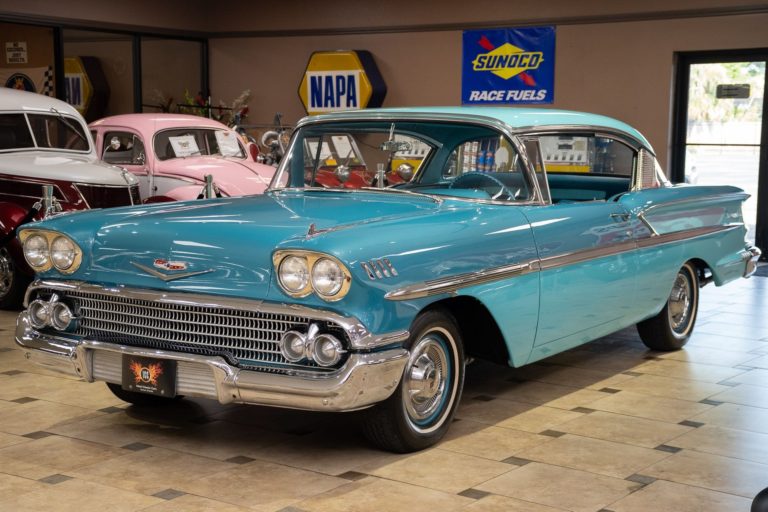
It wasn’t until 1957 that the government altered the regulation, allowing the use of four-round, sealed beam headlights instead of just two. These new headlights featured a 5 3/4-inch diameter. One headlight was equipped with a dual filament lamp for both low and high beams, while the other had a single high-intensity filament solely for high-beam use.
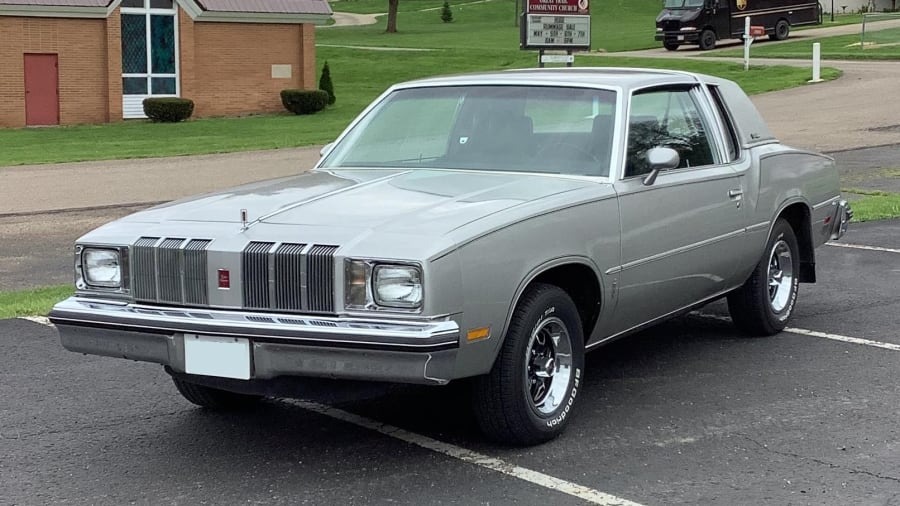
The iconic rectangular headlights, which later became popular in the 1970s, were still built using sealed beam technology. The real shift in headlight design occurred in 1984 when the Ford Lincoln Mark VII became the first car to adopt the new aero lights with a different shape.
While sealed beam headlights influenced car aesthetics for decades, modern vehicles now benefit from advanced lighting technologies, including halogen, LED, and xenon headlights. These innovations offer improved illumination, energy efficiency, and greater design flexibility, leading to the diverse headlight styles seen in contemporary cars.
If you need help picking out a new set of headlights for your ride, give our friendly techs a call at (203) 235-1200 or hop on SS396.com

From 1962 through 1972, the Chevy II and Nova evolved from a lightweight compact into one of Chevrolet’s most versatile and collectible muscle platforms. Whether
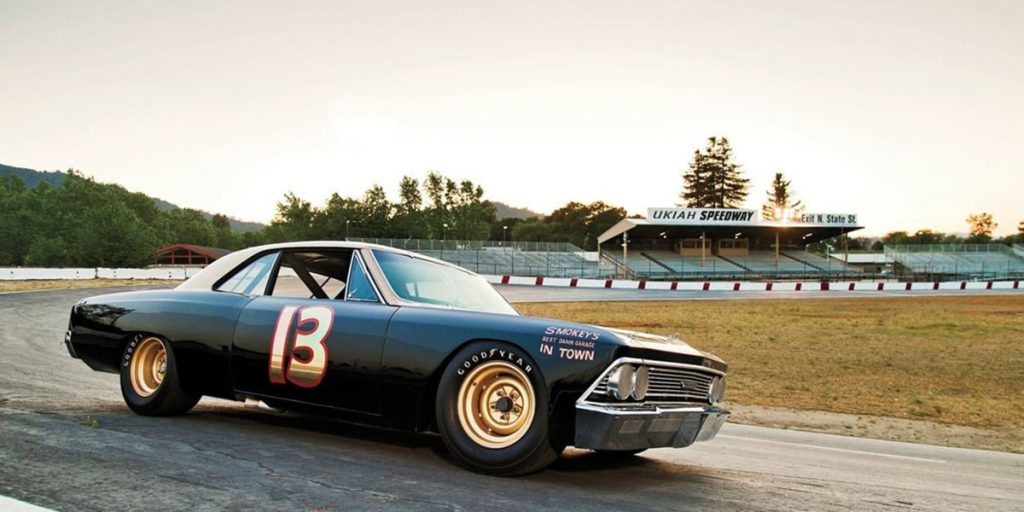
NASCAR: Win On Sunday, Sell On Monday In the 1960s and 1970s, NASCAR stock car racing wasn’t just entertainment, it was a proving ground. Automakers

We’re Back for Our 2nd Show of the Year! After the great success of our Spring Show Join us at our Ground Up Fall Car Show 2025!
